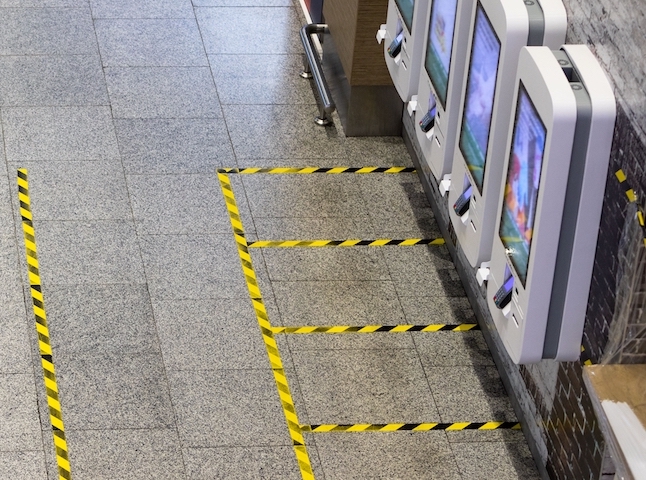No matter what kind of business you operate, you must make things as convenient for the end consumer as possible. Automation is an integral part of it. According to recent research, 88% of SMBs say that automation, which includes a self-service kiosk, helps them compete with big businesses.
Thus, increasing automation allows you to scale your organisation to unprecedented levels. One aspect is already in action and seeing more usage by the day: self-service kiosks. In this guide, you’ll learn about it, the types of self-service kiosks, and how companies currently apply them in various scenarios.
What Is a Self-Service Kiosk?
The most fundamental question that pops into anyone’s head is, ‘what is a kiosk?’ Well, in simple terms, a self-service kiosk is an automated station that allows the user to fulfil multiple functions without human interaction. You might often observe them at marketplaces as auto-checkout stations or as part of the check-in counter at the airport.
The software of most kiosks utilises a touchscreen with a few buttons for additional assistance. It is usually connected to a network directly connecting to the company’s server.
What Is the History of Self-Service Kiosks?
If you ignore vending machines, which have existed since the mid-1830s, self-service kiosks were first introduced in UK supermarkets during the late 1950s. Still, it was in 1967 that the automated teller machine (ATM) was invented, and people started filling petrol by themselves. Self-service kiosks wouldn’t be popular until the 1990s.
What Are the Benefits of a Self-Service Kiosk?
Using a digital kiosk instead of a customer service representative brings various advantages.
Improved Queue Management
Kiosks eliminate the need to have long queues of people waiting to buy a ticket or check out their groceries. Since most people only engage a little with the staff, the company can redirect those resources to more urgent matters or customers who need extra attention.
Increased Service Speed
With a self-service kiosk in place, you can offer your business services to your customers with increased frequency. Such stations can possess electronic payment gateways to decrease the duration of each transaction.
Detailed Statistics
You get more comprehensive data when you integrate the kiosks into your visitor management system. The software can consolidate and deliver reliable data that you can further use to improve workplace management.
Increased Security
Digital kiosks can also be used for visitor registration and access control, provided that you have the compatible hardware for the job. You can issue QR codes to visitors who have registered for a tour or employees who applied for a contactless check-in.
How Are Self-Service Kiosks Used?
Today, you can find digital kiosks that automate services instead of dealing with a business representative. A few notable applications include the following.

Ordering & Self-Checkout
Several fast food chains already use self-service kiosks to take orders and manage check-outs. You can drive in, order your meal, and pay in one go. Therefore, it’s an excellent asset for drive-thrus to reduce the rush during breakfast and lunchtime.
Wayfinding & Directories
In supermarkets and shopping malls, digital kiosks can show you the precise location and timings of various aisles and shops. A few integrated systems even let the customers identify the items available in stock.
Customer Registration
As AI and neural networks become more advanced, businesses are augmenting front desks with self-service kiosks. A few high-end hotel chains are experimenting with the technology to observe whether it’s better for most scenarios. While there are a few glitches to iron out, it will probably spread to commercial lobbies as well.
Types of Self-Service Kiosks
Depending on the business, you can expect either type of self-service kiosk, as mentioned below.
Freestanding
A freestanding kiosk is more prevalent in shopping malls and drive-thru restaurants. It has an integrated system connecting wirelessly within a network, which makes them more expensive and lower maintenance.

Wall Mount
Wall-mounted kiosks require less capital investment to set up. You can squeeze them in tight spaces, although they require more care. Instead, you often have to connect them through wired cables.
Conclusion
And that concludes our guide to self-service kiosks and their advantages. Remember, even the best of systems can only assist with customer service. You still need a skilled human to handle complex tasks. For more information and a free quote on access control systems, contact Qbasis today.



